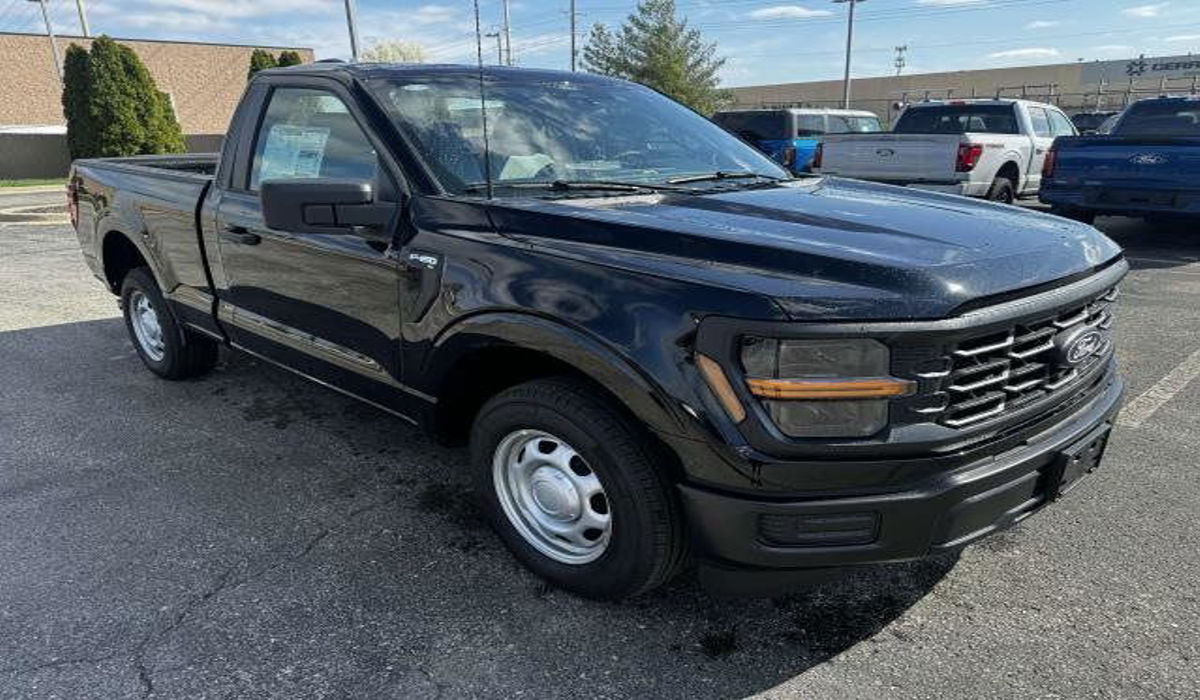Let’s face it—trucks are workhorses. Whether it’s hauling lumber, towing trailers, or just flexing on dirt roads, trucks are supposed to be built tough. But not all trucks are created equal. Some come off the assembly line like tanks—solid frame, excellent suspension, and long-term reliability.
Well, they might look the part, but their frames can turn into rust magnets or suffer from poor welds and weak structural integrity. And if the frame goes, the whole truck is a lost cause.
In this article, we’re taking a good, hard look at five trucks known for their rock-solid factory builds—the ones you want if you plan on keeping your ride for the long haul.
But we’re not stopping there. We’re also calling out five trucks with frame issues so common they’ve become memes on truck forums. We’re not sugarcoating anything here—if a truck is known for rotting from underneath, you’ll hear about it.
5 Trucks With the Best Factory Builds
So if you’re thinking about buying a used truck, or you just want to nerd out over some truck facts, buckle up. This list will help you separate the beasts from the busts.
1. Ford F-150 (2009–2014)
You knew it was coming. The Ford F-150 has been America’s best-selling truck for decades, and the 2009–2014 models are often considered the sweet spot. These trucks came out of the factory with high-strength steel frames, strong suspension setups, and reliable engines like the 5.0L V8 and the 3.5L EcoBoost.
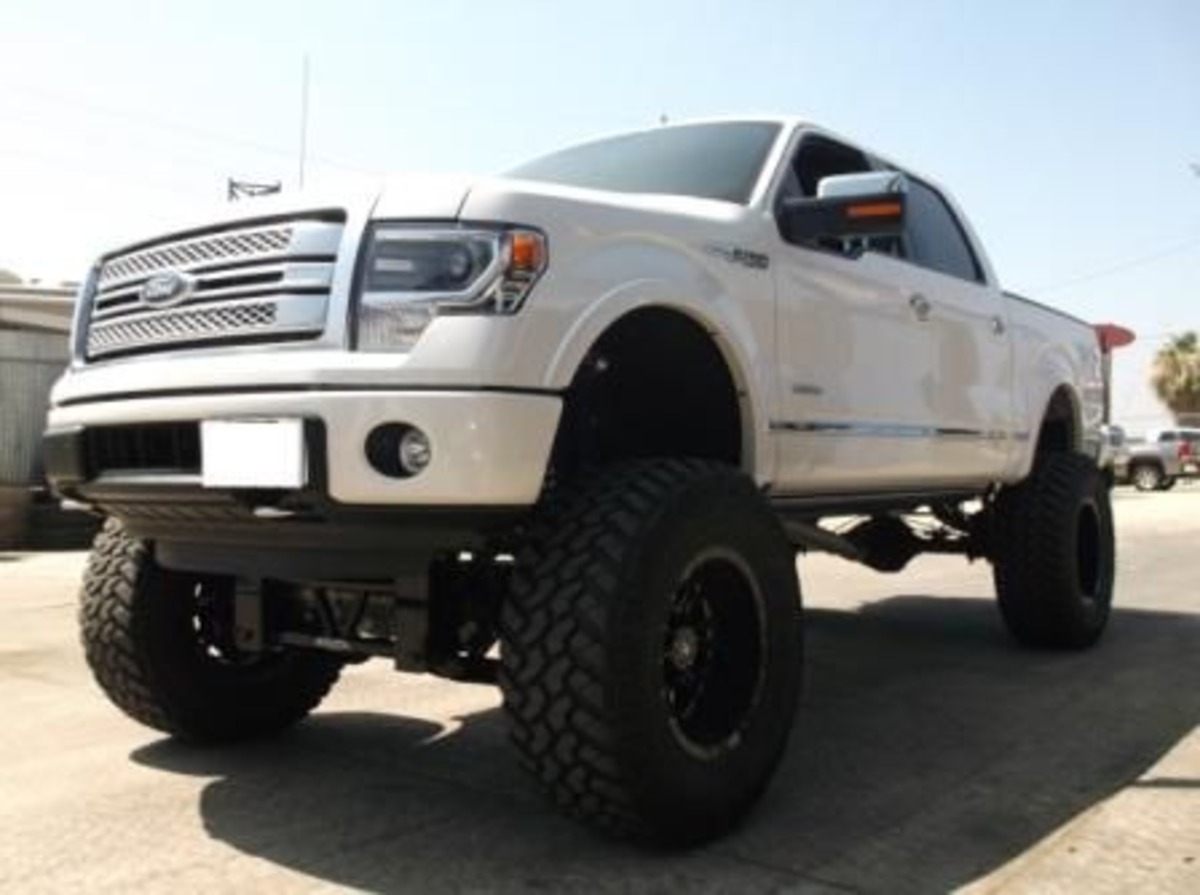
What made this generation shine was Ford’s focus on balance—solid frame integrity without adding excessive weight. Even in rust-prone regions, the frame coatings on these trucks held up surprisingly well, especially compared to rivals.
The frame doesn’t just take a beating—it expects it. Whether you’re off-roading, towing, or dealing with snowy salted roads, this truck handles it.
The build quality extended beyond the frame. Doors closed with a reassuring thud, the bed didn’t rattle like a shopping cart, and the chassis stayed tight even after 150,000 miles. In short, you could work this truck hard, and it wouldn’t complain.
If you’re after a truck that feels well-engineered from the ground up, the 2009–2014 F-150s are the real deal. They’re not perfect, but when it comes to factory frame strength and longevity, they still set a pretty high bar.
ALSO READ: 5 Budget Cars With Premium Feel and 5 That Feel Stripped Down
2. Toyota Tundra (2014–2021)
Toyota may not dominate the truck market in the U.S., but the Tundra is one of the most durable pickups ever made. The 2014–2021 models, built in Texas, are known for their rigid triple-tech frame design—a combo of fully-boxed, reinforced C-channel and open C-channel sections. Translation? Strength where you need it, flexibility where it matters.
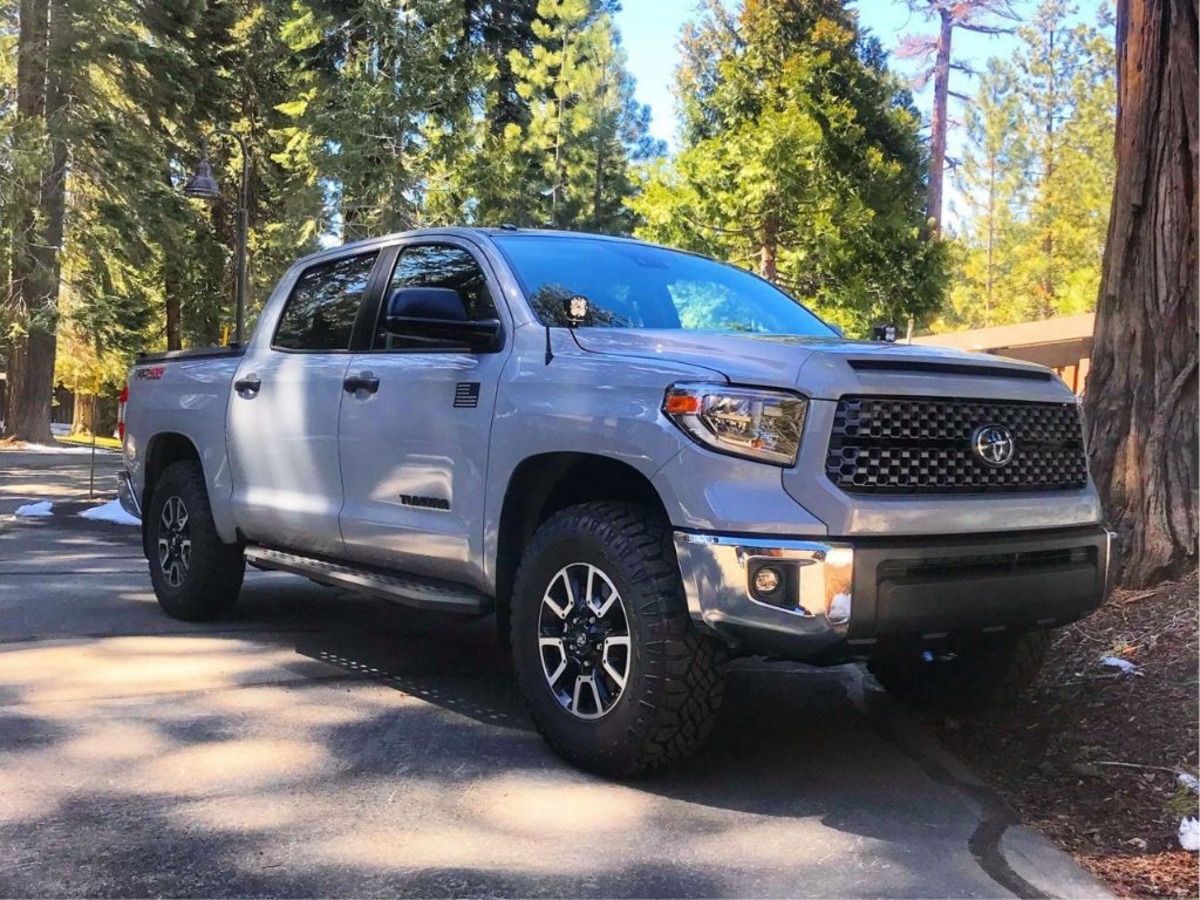
These trucks also benefit from Toyota’s overkill-level approach to reliability. Engineers focused on long-term durability more than fancy tech. This generation came with a 5.7L i-Force V8 that’s borderline indestructible, and the frame structure was designed to take hits without deforming under normal driving stress or even moderate off-road abuse.
Rust protection was better than average, and you rarely see these trucks with frame rot unless they’ve been completely neglected. Even the weld quality is praised by mechanics and body shops.
Some might knock the Tundra for being outdated tech-wise, but this truck is about as dependable as they come from a factory build and frame standpoint. If you’re looking for a truck that can go 300,000+ miles without falling apart underneath you, the Tundra should be on your radar.
3. Ram 2500 Heavy Duty (2010–2018)
Here’s a heavy-duty option that lives up to its name. The Ram 2500 from 2010 to 2018 is built like a literal tank, thanks to a fully boxed high-strength steel frame that’s ideal for towing and hauling extreme loads. This generation also brought significant upgrades in ride quality without compromising structural toughness.
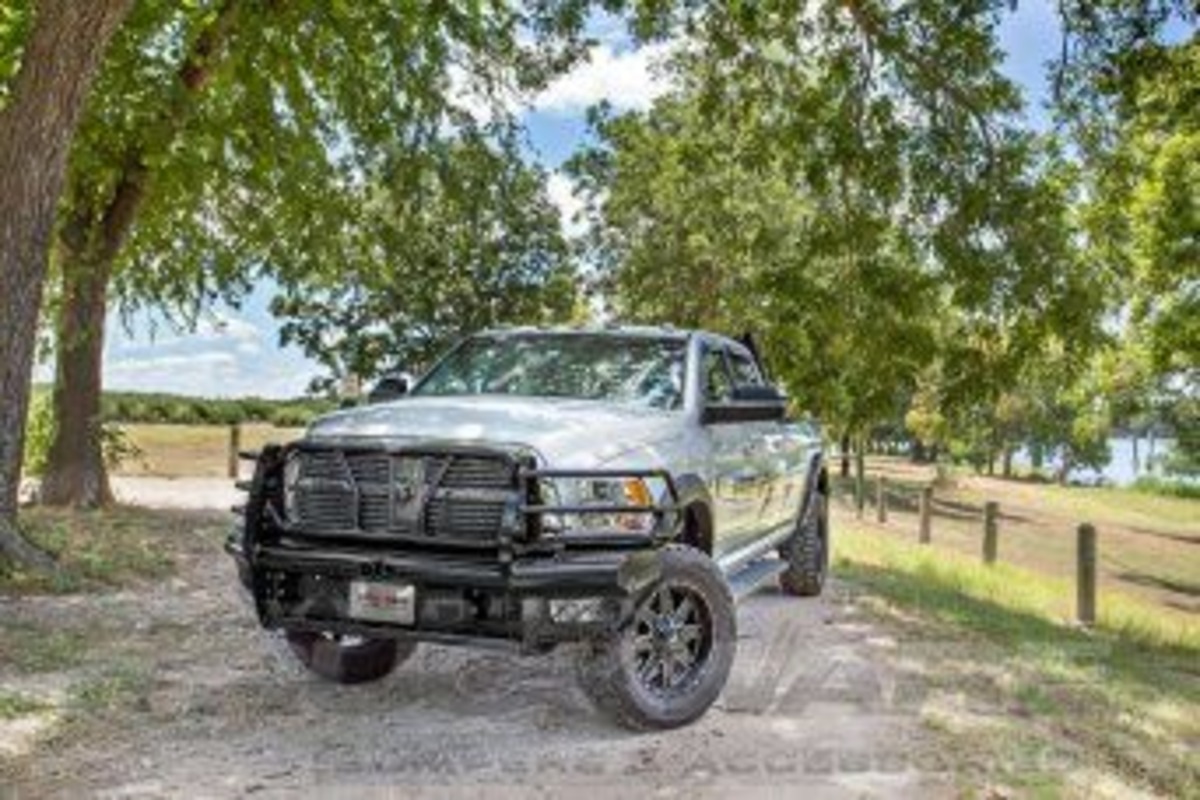
Where earlier Rams suffered from mediocre rustproofing, this generation stepped it up. Frame coatings were better, drain holes were better placed, and the overall chassis design made it easier to prevent water retention, a common rust starter.
Throw in a Cummins diesel, and you’ve got a nearly bulletproof combo. The factory frame welds on these trucks are consistently strong, and you rarely hear about them cracking or bending unless someone’s doing something really stupid.
Are they heavy? Sure. But that’s the point. These trucks were built for abuse—from snowplowing in the Northeast to cattle hauling in Texas. If you’re in the market for a truck that won’t let you down when the pressure’s on, this generation of Ram 2500 has the kind of factory build quality most others envy.
4. Chevrolet Silverado 1500 (2014–2018)
GM got a lot of things right with the 2014–2018 Silverado 1500, especially when it comes to frame design and structural integrity. These trucks use a fully boxed frame made from hydroformed high-strength steel—a fancy way of saying it’s both tough and lightweight where needed.
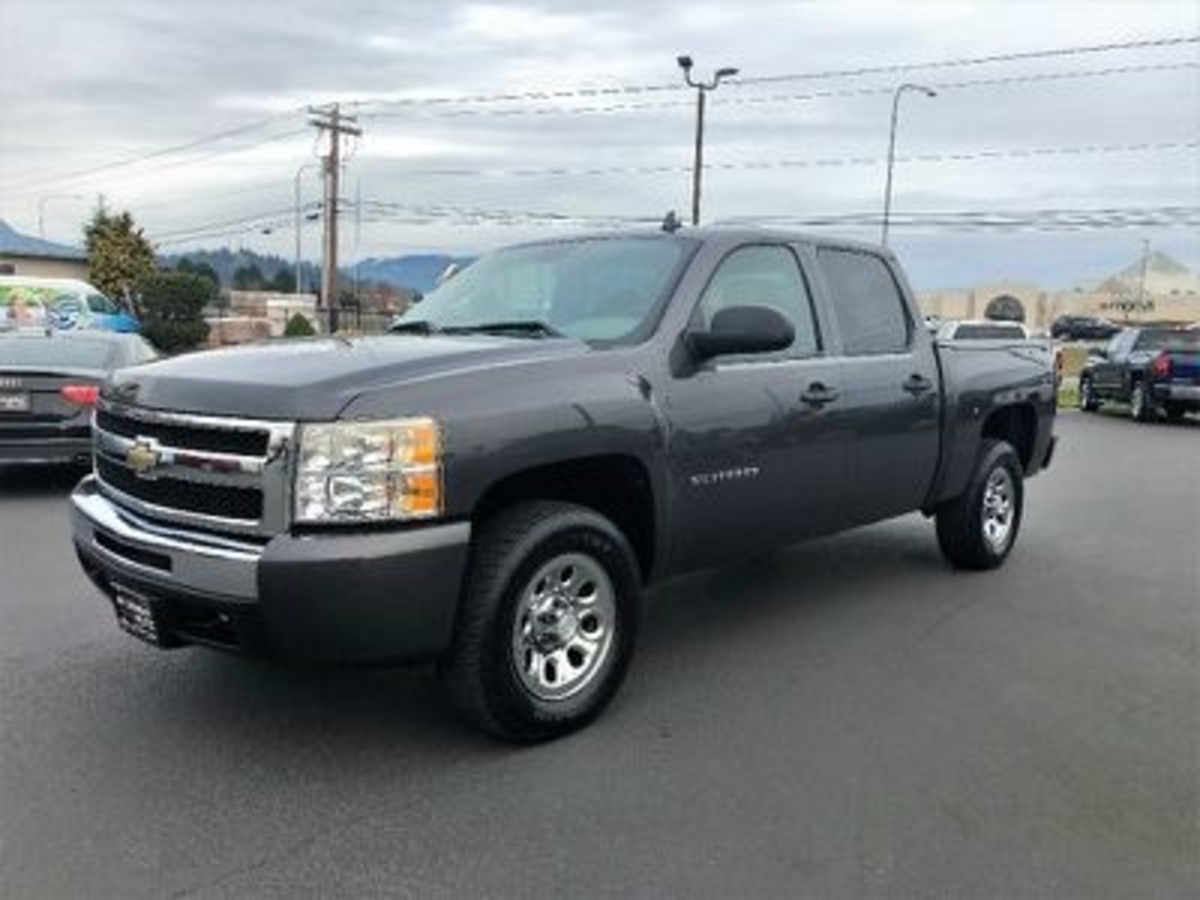
Chevy also focused on corrosion resistance, especially after all the backlash from older frame-rust issues in previous generations. This batch saw better protective coatings and smarter water-drain channels to avoid buildup in the frame.
These trucks feel solid. You don’t get the creaks and groans that some other trucks start showing after 100,000 miles. Even if you’ve got a plow or haul heavy trailers, the frame and suspension components don’t throw in the towel early. Weld quality is generally tight, and major frame failures are almost unheard of in these years.
You won’t hear people raving about these trucks the way they do the F-150 or Tundra, but ask any mechanic or body tech—they respect this generation for being reliably well-built at the factory, especially when it comes to the core structure.
5. Honda Ridgeline (2017–2023)
Okay, truck purists might roll their eyes at this one—but hear me out. The Honda Ridgeline isn’t your typical body-on-frame beast. It’s a unibody truck, and within that niche, it’s one of the best-engineered factory builds on the market.
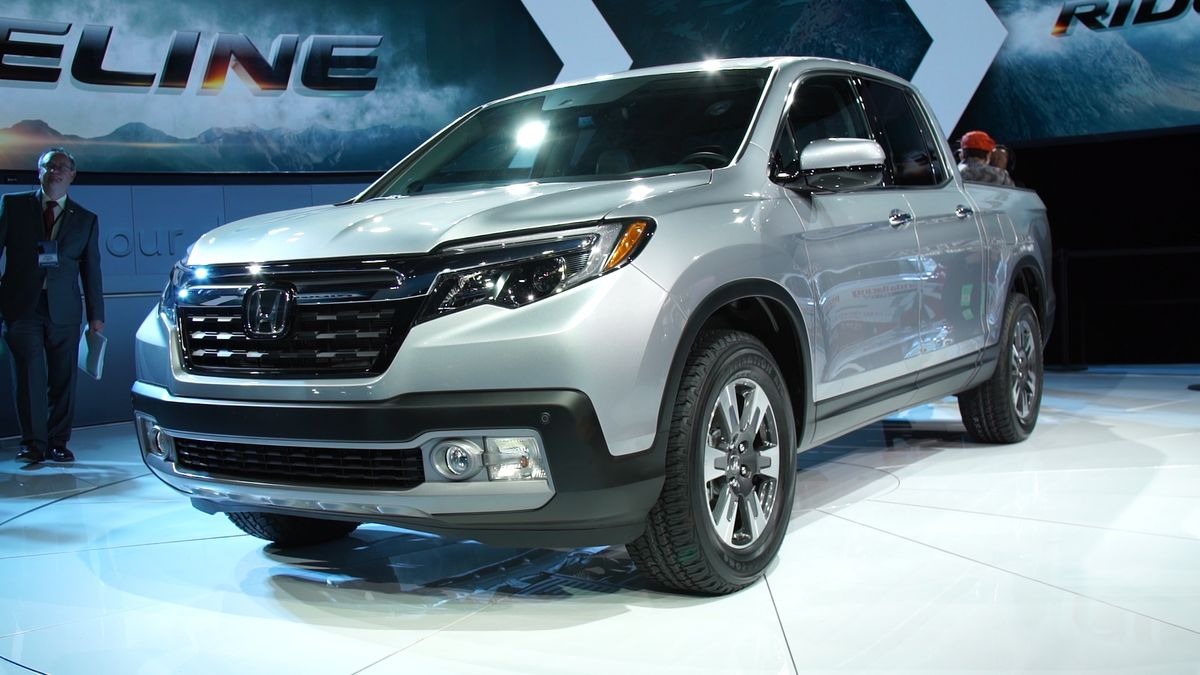
Ridgelines from 2017 onward are insanely well put together. The unibody frame—shared with the Honda Pilot—offers excellent rigidity, great ride comfort, and enough strength for light to medium-duty hauling. And because there’s no separate bed and cab, you avoid the typical frame flex and bed-cab misalignment issues found in traditional trucks.
Honda also kills it when it comes to rust prevention. The frame welds are tight, the undercoating holds up over time, and you don’t get premature frame rust like you see in full-size American trucks from the early 2000s.
No, it’s not for towing cattle trailers. But if you want a mid-size truck that’s built to last with serious factory precision, the Ridgeline is one of the smartest trucks out there.
5 Trucks With Common Frame Issues
When it comes to owning a truck, durability is non-negotiable. Whether you’re hauling loads or navigating rough terrain, the last thing you want to worry about is your frame giving out.
Yet, even some of the most popular trucks on the market have developed a reputation for serious frame problems—issues that can lead to rust, cracks, or even structural failure. In this article, we break down five trucks known for common frame issues, so you know what to look out for before buying—or before it’s too late.
1. Toyota Tacoma (1995–2004)
Legendary reliability? Yes. Rust magnet? Also yes. The 1995–2004 Toyota Tacoma had such serious frame rot issues that Toyota ended up buying back thousands of trucks or replacing entire frames under warranty, even for trucks that were over a decade old.
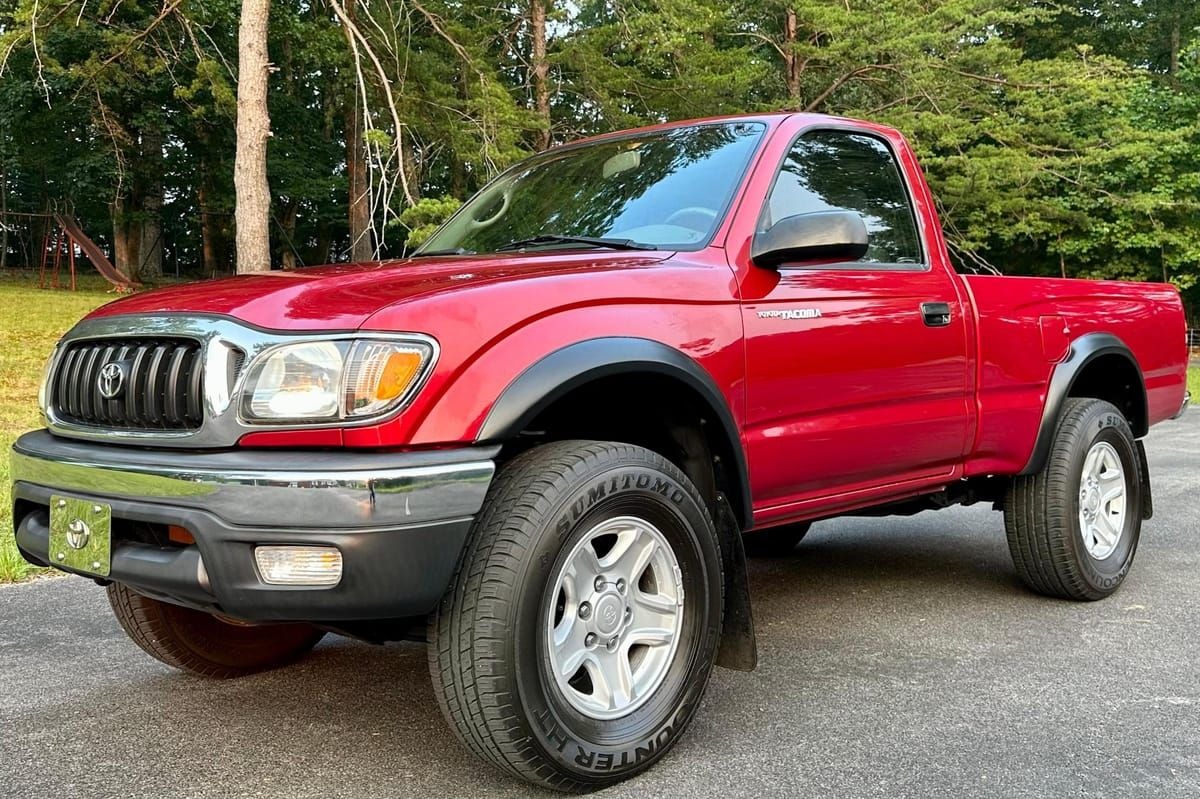
The main issue? Poor rustproofing combined with a frame supplier (Dana Corp) that didn’t meet Toyota’s long-term durability standards.
If water and road salt got into the boxed frame rails, it was game over. Rust ate away the frame from the inside out, sometimes to the point of breaking leaf spring mounts or causing full-on structural failure.
To Toyota’s credit, they admitted the issue and fixed a ton of trucks at their expense. But that doesn’t change the fact that this generation was a ticking time bomb underneath.
If you see one of these on Craigslist for a “great price,” look underneath. A shiny body means nothing if the frame is Swiss cheese. This generation deserves props for dependability elsewhere, but the frame was its Achilles’ heel—and it’s a big one.
ALSO READ: 5 SUVs That Rarely Need Drivetrain Repairs and 5 That Constantly Do
2. Chevrolet Silverado and GMC Sierra 1500 (1999–2006)
Talk to anyone in the Northeast, and they’ll tell you—this generation of Silverado/Sierra had major frame rust issues. The 1999–2006 models, while otherwise solid in many respects, came with poor factory undercoating and weak rust resistance on the frame and brake lines.
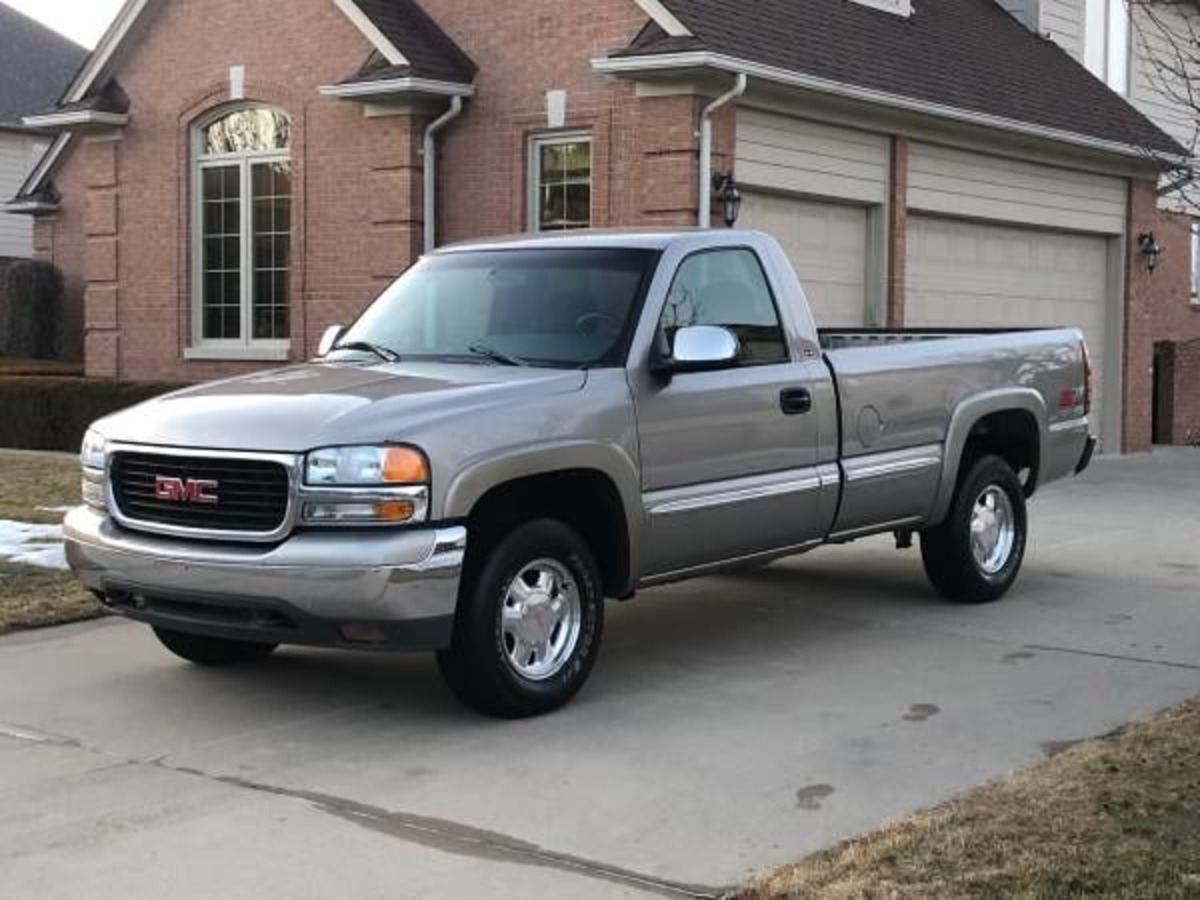
The problem was especially bad in areas where road salt is common. The frame would rust from the inside out, often starting at the rear near the leaf spring shackles and working its way forward. You’d also see the fuel and brake lines rot, sometimes causing failures at the worst possible time.
The trucks themselves could run forever, but if the frame goes soft, your whole rig is done. Many owners resorted to sandblasting and recoating their frames manually, which says a lot about how little protection they came with out of the gate.
These trucks have a huge following and lots of fans, but when it comes to frame durability, this generation is kind of infamous—and rightly so.
3. Nissan Frontier (2005–2010)
The Nissan Frontier had potential, but the 2005–2010 models suffered from rust-prone frames and undercarriages that weren’t built to withstand serious abuse. While the engine and transmission were okay, the frame often rusted fast and deep, especially in humid or salty environments.

The biggest issue was poor frame coating and drainage. Owners found rust forming on structural frame components as early as 4-5 years in. It wasn’t surface rust—it was deep, flaking, structural corrosion. Some even reported frame cracks around the rear axle and suspension mounts.
To make things worse, Nissan wasn’t exactly jumping at the chance to offer buybacks or free frame replacements like Toyota did. So, unless you had deep pockets for frame repair or replacement, you were stuck.
In short, if you’re looking at one of these trucks, bring a flashlight and a screwdriver. Knock on the frame. If it sounds hollow or flakes off, walk away. Cheap to buy doesn’t mean cheap to fix when the whole skeleton is compromised.
4. Dodge Dakota (1997–2004)
The Dodge Dakota from this era had charm—V8 options, decent size, and that classic truck look. But the frame corrosion issues were nothing to smile about. Rust started early and got aggressive fast.
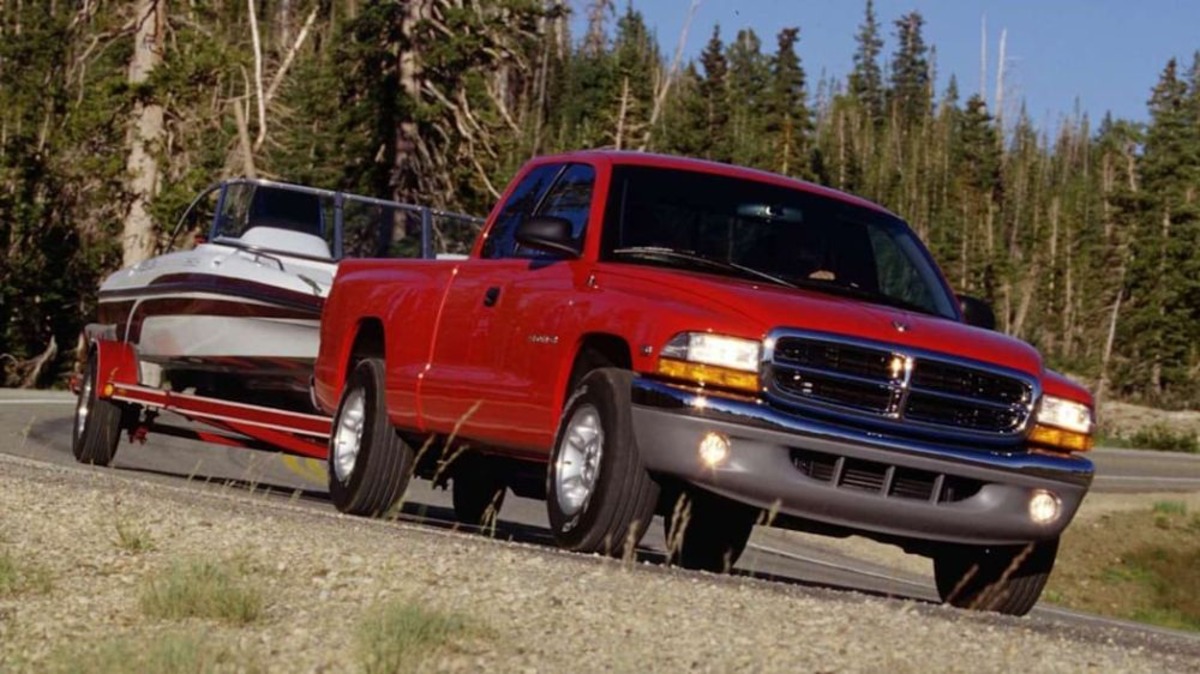
The boxed frame design wasn’t sealed well. Add poor undercoating, especially on earlier models, and you had the perfect conditions for frame cancer. Northern states saw Dakotas splitting at the frame, with bed mounts and rear frame sections rotting completely through.
It didn’t help that the rest of the truck wasn’t built all that great either. Interior quality, electrical gremlins, and underpowered base engines made this truck a bit of a mess overall. But it’s the frame rust that really sank it.
Dakotas are still seen on the road here and there, but good luck finding one with an original frame that hasn’t had some reinforcement or welding done. If you’re eyeing a used one, inspect the frame like your life depends on it—because it might.
5. Ford Ranger (1998–2011)
The Ford Ranger is one of the most beloved compact trucks ever made—but from 1998 to 2011, frame rot was a common curse, especially in the Midwest and Northeast. Ford didn’t update the frame design much during this era, and they skimped on undercoating and water drainage.
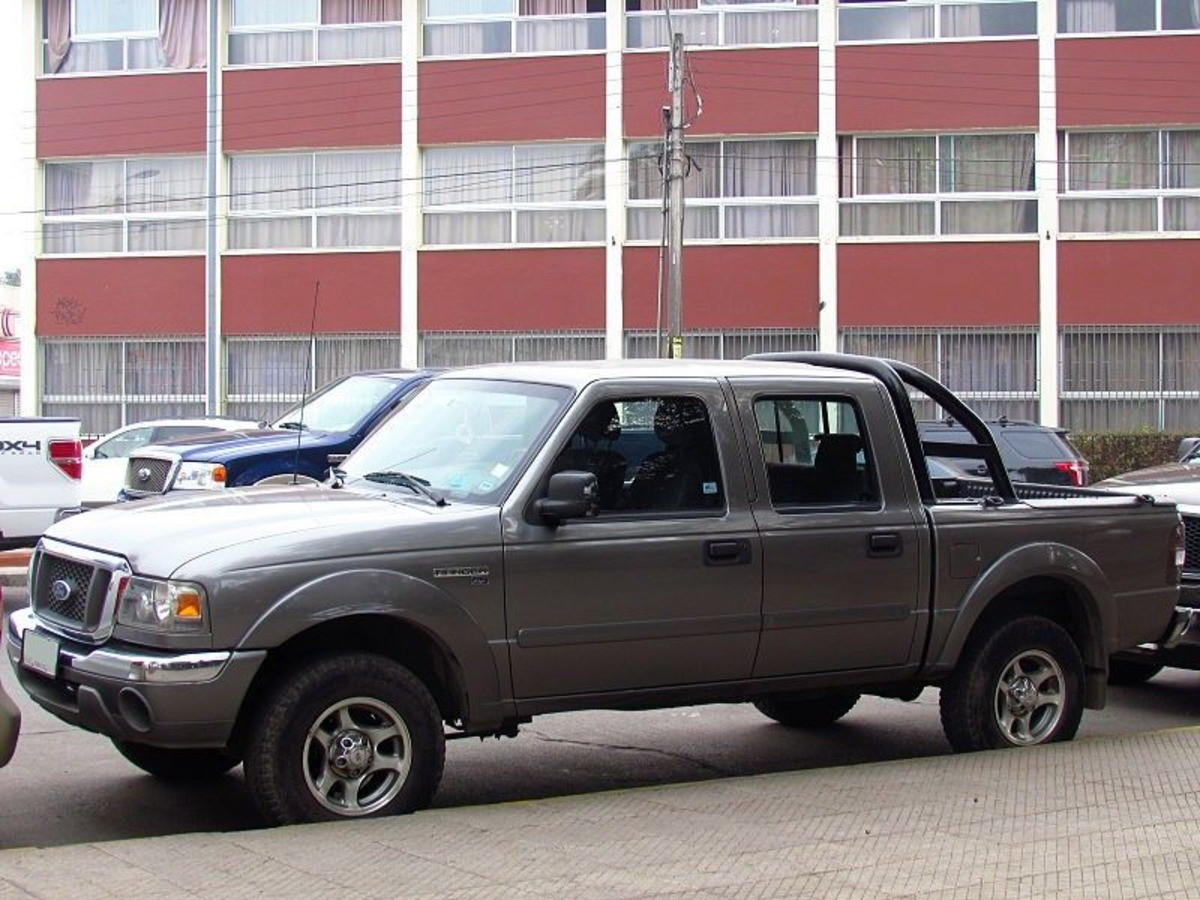
You’d often see rust form around the rear spring mounts, bed crossmembers, and even near the front control arm areas. And once it started, it spread like wildfire. Some trucks lost so much metal that the suspension broke through the frame.
It’s a shame, too, because mechanically, these trucks were pretty bulletproof. They just had one fatal flaw—the frame rusted faster than the rest of the truck aged. And Ford didn’t offer frame replacements like Toyota did, so many owners had no real recourse other than junking the truck.
If you’re hunting for a used Ranger from this generation, assume rust is there until proven otherwise.
When it comes to trucks, the frame is everything. It’s the backbone, the skeleton, the foundation. And while engines and interiors can be swapped or fixed, a compromised frame is often a dealbreaker. As we’ve seen, some trucks leave the factory ready to take a beating and age like fine whiskey. Others… not so much.
The Ford F-150, Toyota Tundra, and Ram 2500 stand tall as examples of smart engineering and solid build practices. On the flip side, trucks like the early Toyota Tacoma and Chevy Silverado (1999–2006) remind us that even big brands can cut corners or make costly mistakes when it comes to frame design and rustproofing.
If you’re shopping for a truck—especially used—take the time to crawl underneath and check out the frame. Rust, rot, and cracks aren’t just cosmetic. They’re signs that the truck’s best days are behind it, no matter how good it looks up top.
In the end, the best trucks are the ones that don’t fall apart underneath you—literally. Do your homework, inspect the frame, and don’t let a shiny body fool you. What’s under there matters.

